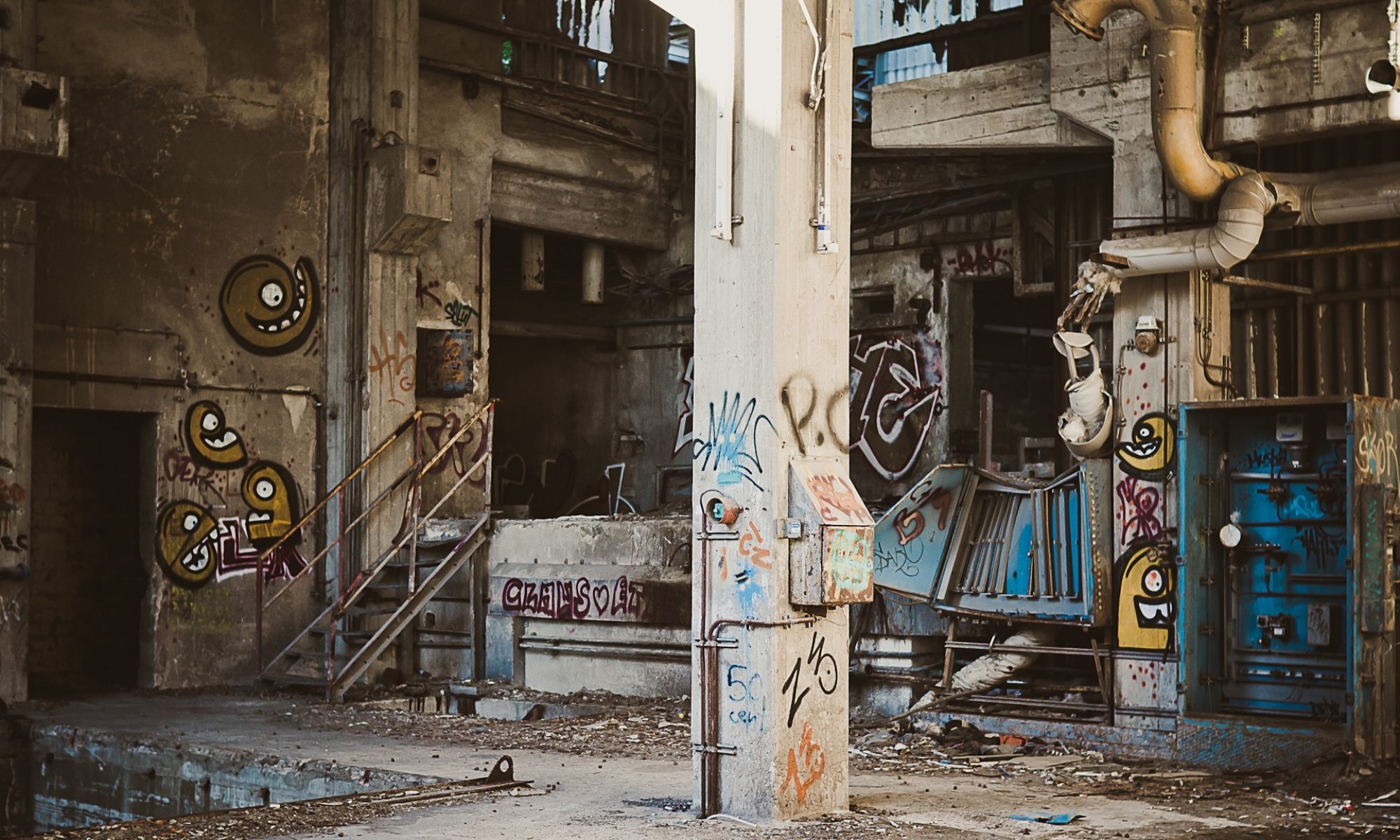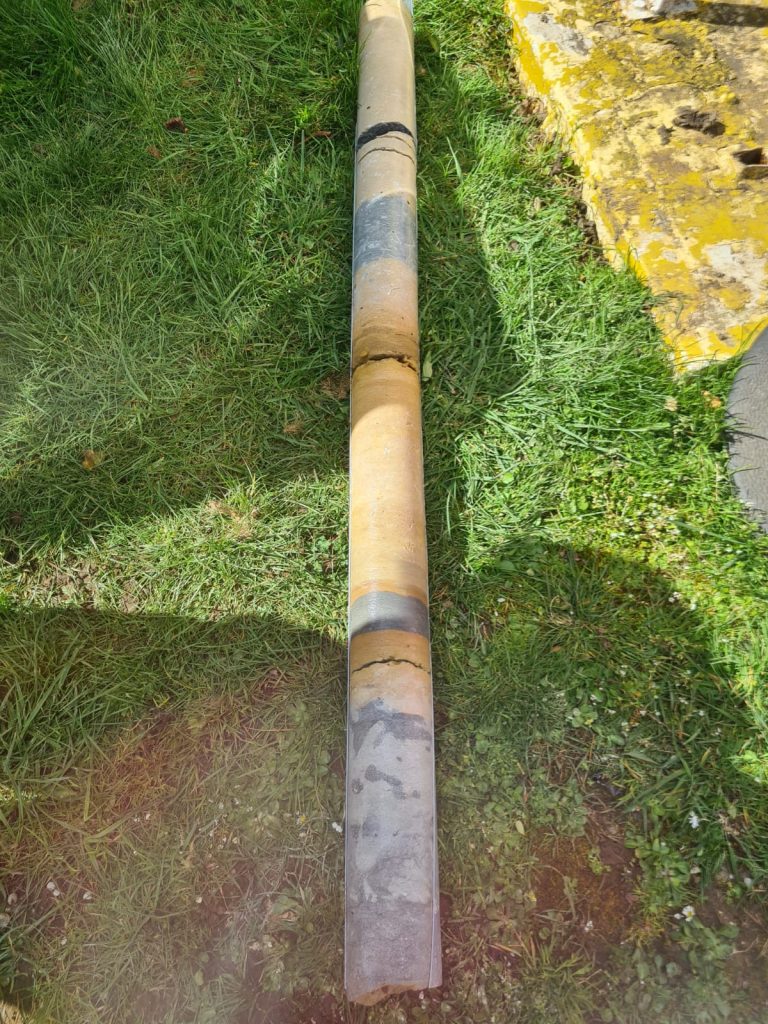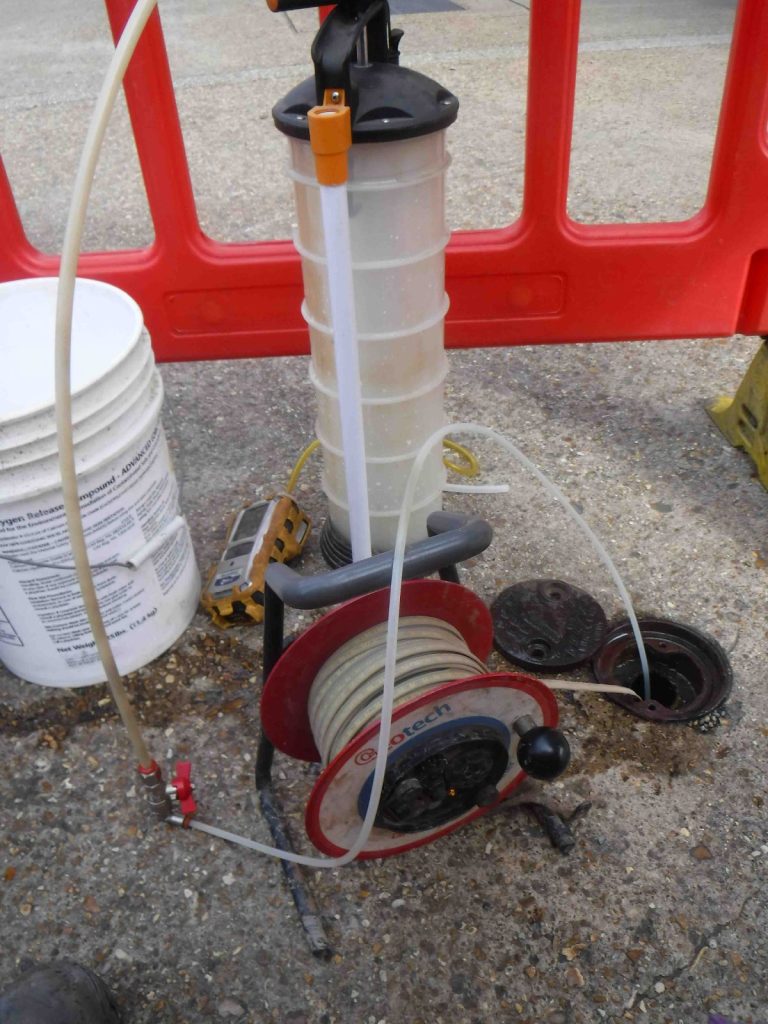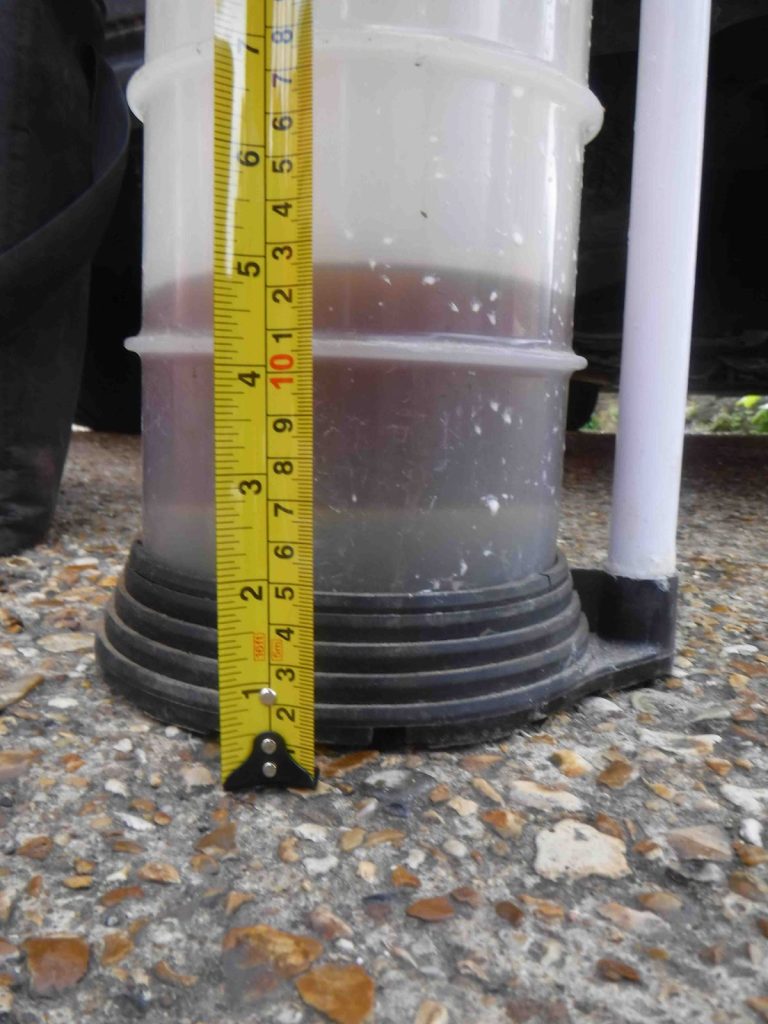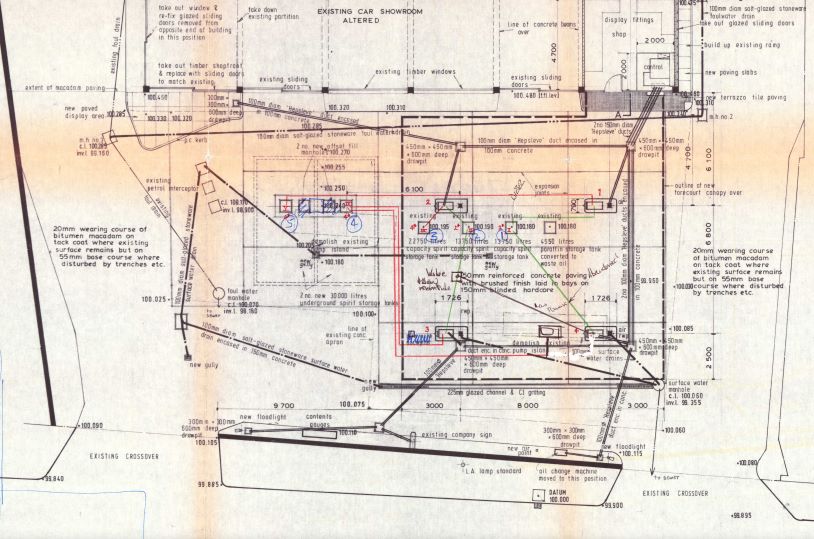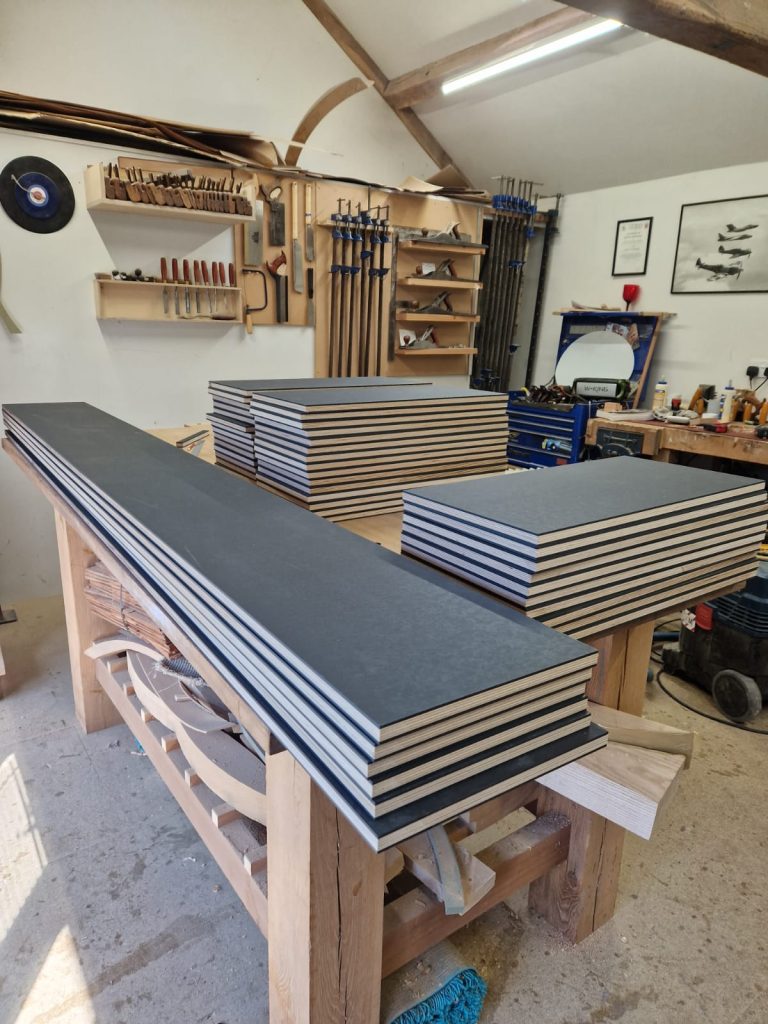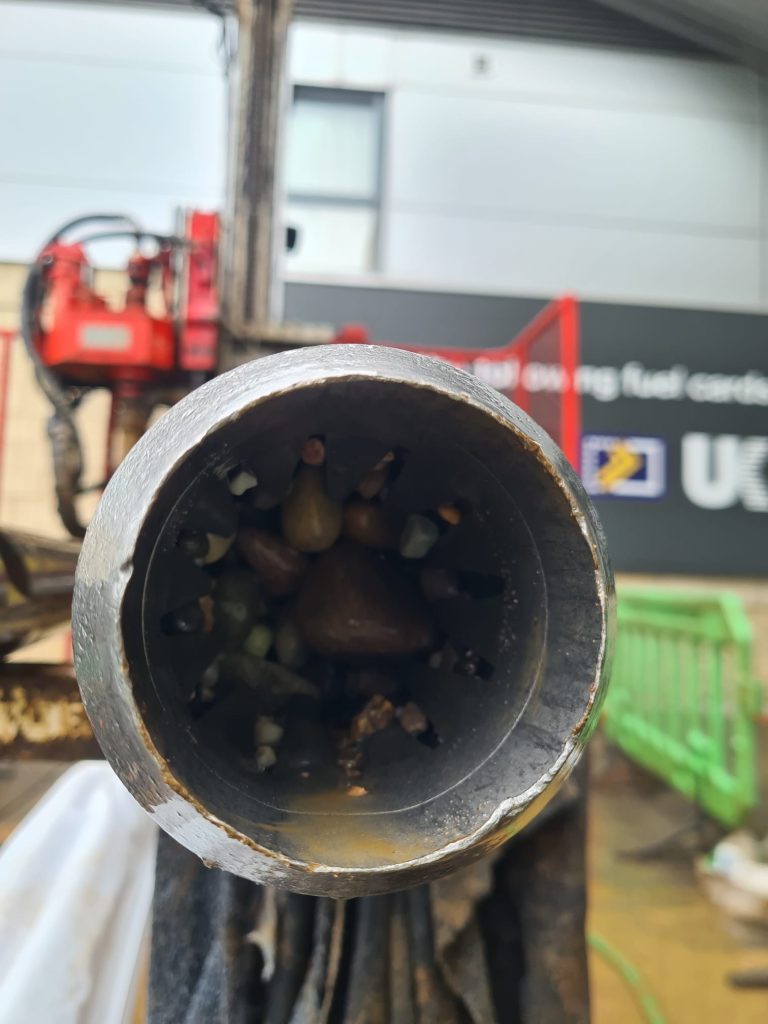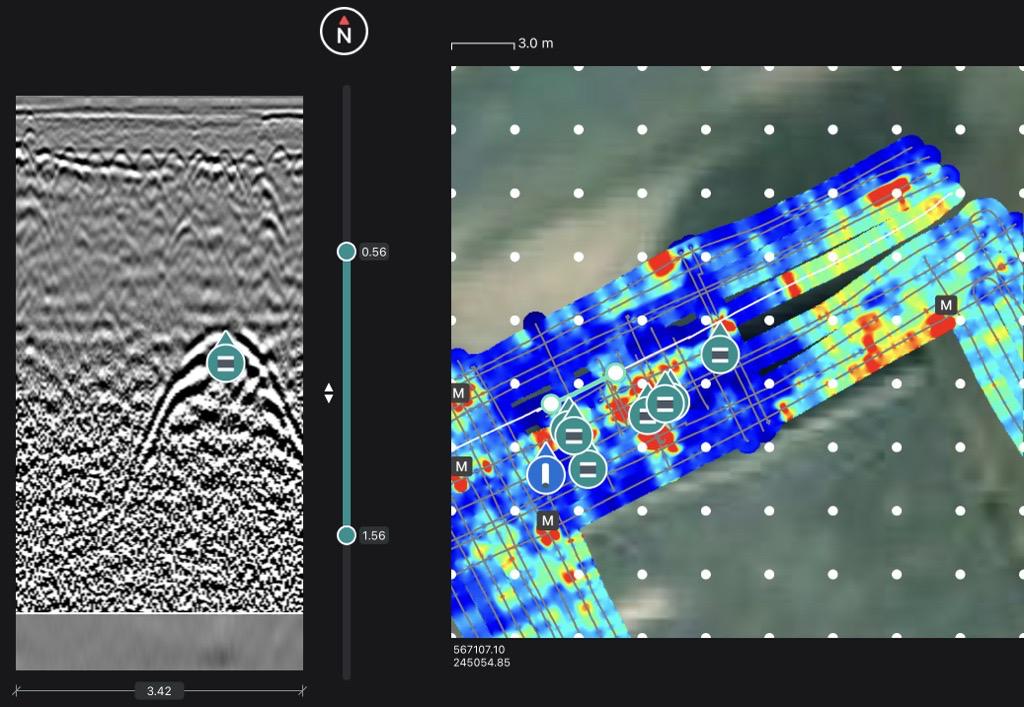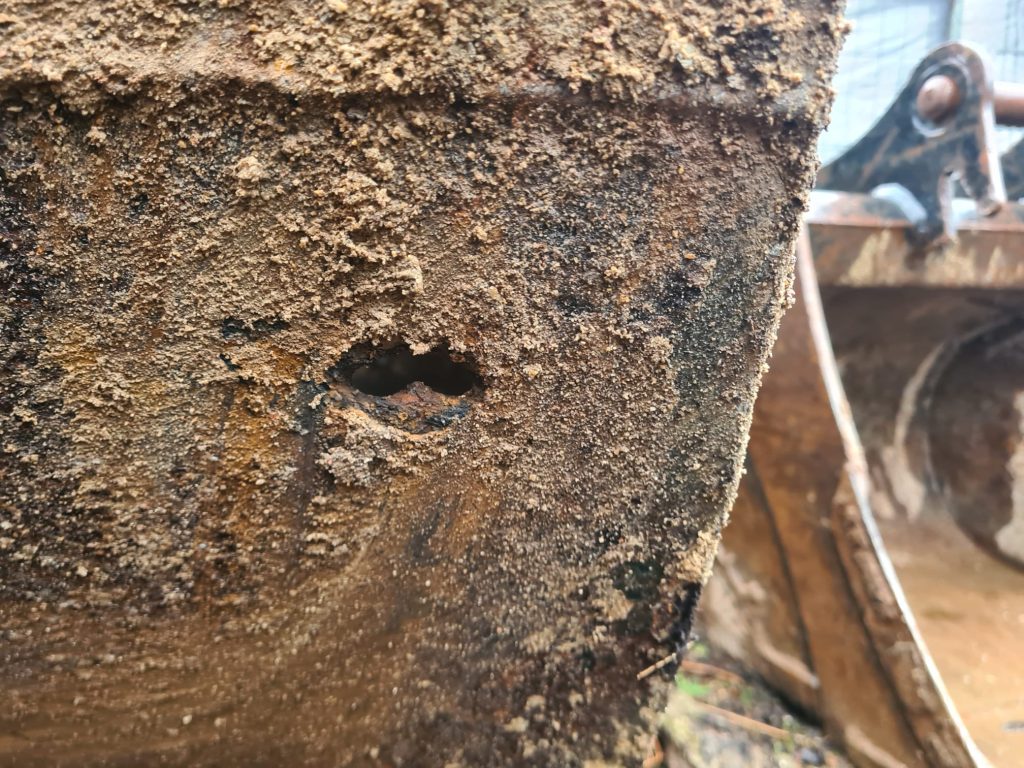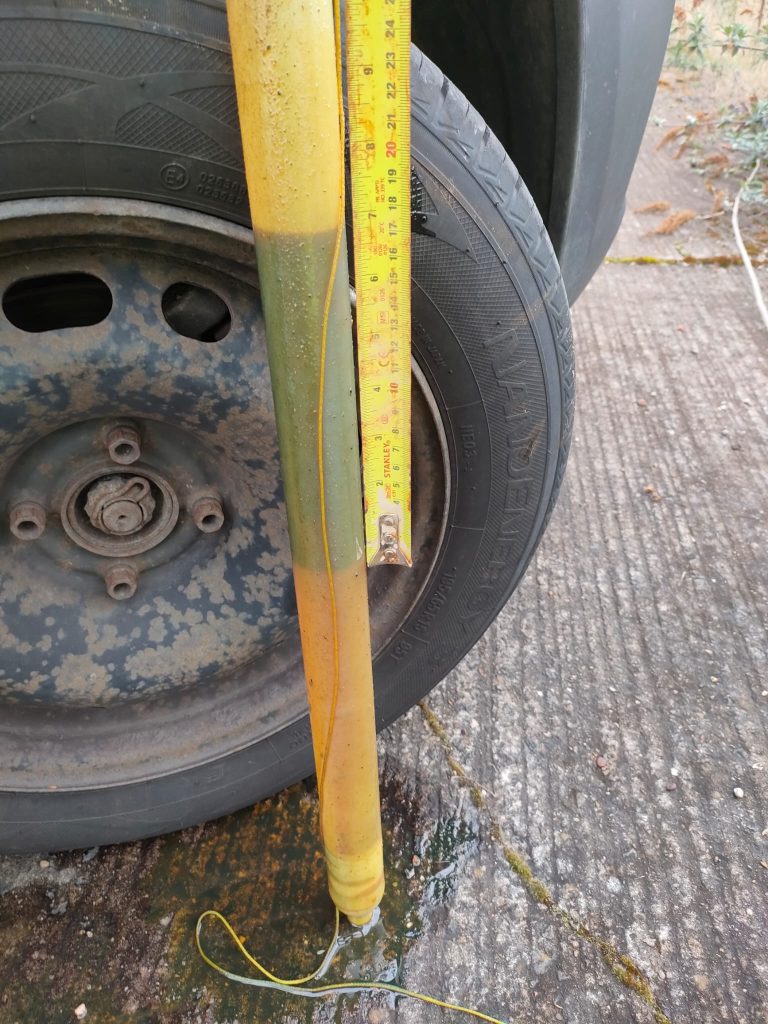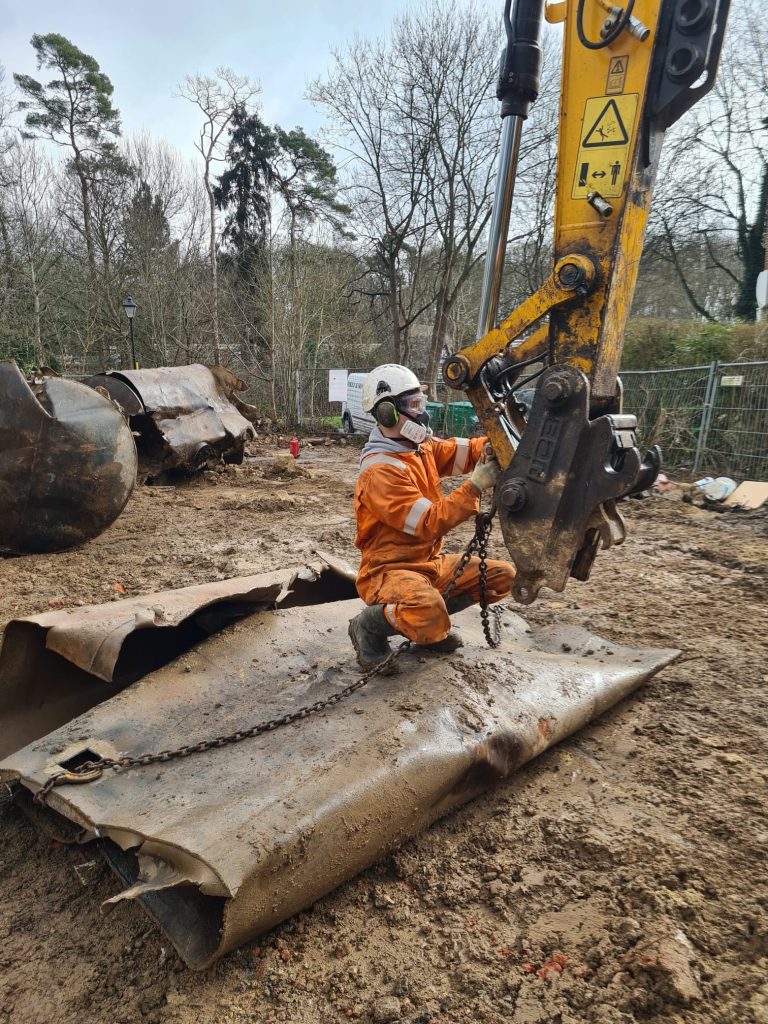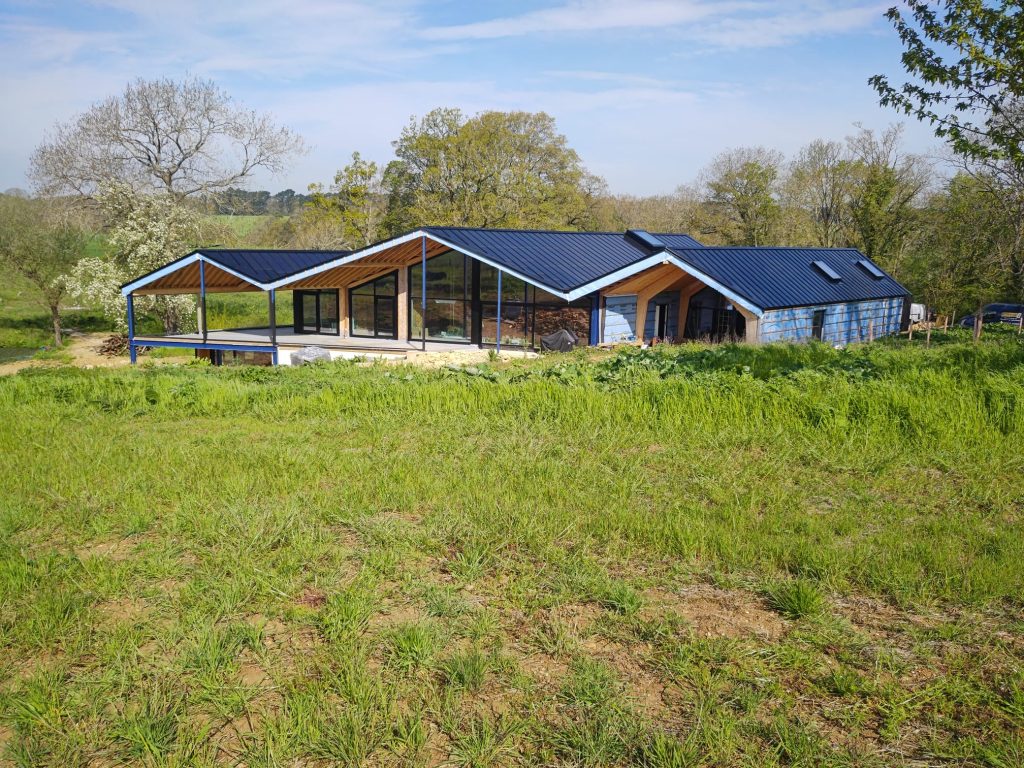
The Sheds took a step closer to becoming the UK’s first residential Passivhaus Premium when the solar panels on its roof were certified by Flexi-Orb earlier this week.
The solar panels, which cover almost the entire roof and are virtually invisible, have generated a stunning 10MWh of electricity in their first three months of operation.
Ofgem estimate that a typical four bedroom house uses 4.3MWh per year so The Sheds is certainly on track to exceed the Passivhaus Premium requirement to generate four times its primary energy useage. The Flexi-Orb certification clears the way for the excess energy the house generates to be exported to the National Grid and start contributing to a carbon-free future.
Subadra are both Project Manager and Certified Passivhaus Designers for The Sheds. If you’d like to discuss your green energy requirements or Passivhaus project with us then please contact Duncan Eastland. The Sheds will also be featured on Channel Four later this year.
